Top Strategies for Effective Biodiversity Conservation
- August 8, 2024
- 0 comment
Explore top strategies for biodiversity conservation, from protected areas to sustainable practices, ensuring ecosystem health and resilience. Biodiversity conservation is essential for maintaining the health of our planet’s ecosystems and ensuring the survival of countless species. As human activities continue to exert pressure on natural habitats, adopting effective strategies for conserving biodiversity has never been more critical.
Establishing Protected Areas
Protected areas are crucial for preserving biodiversity and maintaining ecological balance. They include national parks, wildlife reserves, marine protected areas, and other conservation zones.

Defining Clear Boundaries
Accurate Mapping and Delineation: Properly defining the boundaries of protected areas is essential for their effective management. This involves using geographic information systems (GIS) and remote sensing technologies to create detailed maps. Clear boundaries help prevent encroachment and ensure that the area’s conservation objectives are met.

Regular Monitoring and Enforcement
- Surveillance: Effective monitoring involves regular patrols, satellite imagery, and the use of technology such as drones and camera traps. Surveillance helps track wildlife populations, habitat conditions, and human activities within protected areas.
- Enforcement Mechanisms: Implementing robust enforcement mechanisms is crucial to prevent illegal activities such as poaching, logging, and fishing.
Community Involvement
- Local Engagement: Involving local communities in the management and benefits of protected areas fosters support and cooperation. This can include:
- Sustainable Resource Use: Encouraging sustainable use of natural resources within and around protected areas helps reduce pressure on ecosystems while providing livelihoods for local communities. This can include sustainable agriculture, fishing practices, and non-timber forest products.
Restoring Degraded Ecosystems
Ecosystem restoration is a critical approach to reversing environmental damage and reestablishing the functionality and biodiversity of degraded habitats. The process involves several key steps, each tailored to address specific aspects of ecosystem health and resilience.
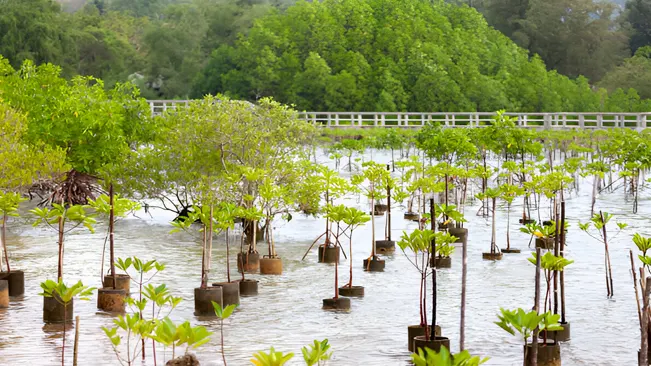
- Identifying Key Areas for Restoration: Prioritizing areas that are critical for maintaining ecological processes and species survival.
- Selecting Appropriate Native Species: Using native plants and animals to restore ecological balance and promote resilience.
- Monitoring and Adaptive Management: Regularly assessing restoration efforts and adapting strategies based on observed outcomes.
Implementing Sustainable Land Use Practices
Sustainable land use practices aim to balance human development with the need to protect and preserve natural ecosystems. These practices help mitigate the negative impacts of land use on biodiversity and promote ecological health.
Agroecology
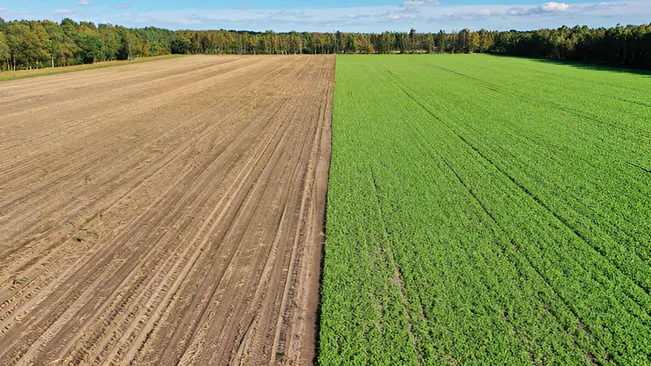
- Crop Rotation: Alternating different crops in the same field across seasons to improve soil health, reduce pest and disease buildup, and increase biodiversity. This practice also helps in maintaining nutrient balance and reducing dependency on chemical fertilizers.
- Agroforestry: Integrating trees and shrubs into agricultural landscapes. Agroforestry systems, such as alley cropping, silvopasture, and windbreaks, enhance biodiversity, improve soil structure, and provide habitat for wildlife. Trees can also offer shade, reduce soil erosion, and enhance water retention.
- Reducing Pesticide Use: Implementing integrated pest management (IPM) strategies that use biological controls, resistant crop varieties, and cultural practices to minimize the need for chemical pesticides. This approach reduces harm to non-target species and promotes a healthier ecosystem.
Sustainable Forestry
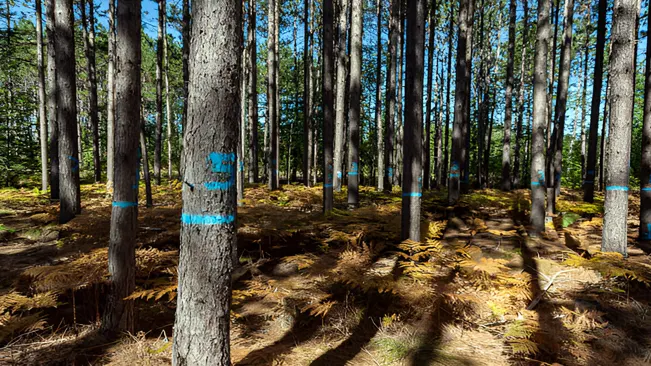
- Selective Logging: Removing only certain trees from a forest based on criteria such as size, species, and health. This approach reduces habitat disruption compared to clear-cutting and allows for the regeneration of the remaining forest.
- Maintaining Forest Cover: Ensuring that a significant portion of the forest remains intact to support wildlife habitats, protect soil, and regulate water cycles. Avoiding large-scale deforestation and implementing reforestation and afforestation projects can help maintain forest cover.
- Responsible Management Practices: Implementing forest management plans that include monitoring forest health, adhering to certification standards (e.g., FSC or PEFC), and engaging local communities in decision-making processes. These practices ensure that forestry operations are conducted in an environmentally and socially responsible manner.
Urban Planning
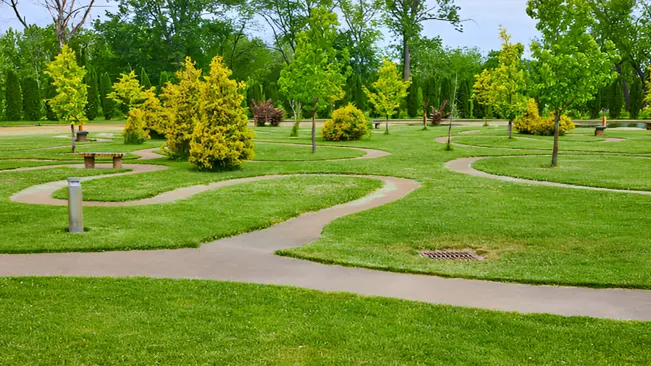
- Green Spaces: Incorporating parks, gardens, and natural areas within urban environments. Green spaces provide habitat for wildlife, improve air quality, and offer recreational opportunities for residents. They also contribute to ecological connectivity within cities.
- Wildlife Corridors: Creating corridors that connect fragmented habitats, allowing wildlife to move between areas without barriers. Corridors can be integrated into urban landscapes through greenways, riverbanks, and vegetated strips that facilitate species movement and gene flow.
- Sustainable Infrastructure: Designing buildings and infrastructure with environmental considerations in mind. This includes using green roofs, permeable pavements, and energy-efficient designs to reduce the ecological footprint of urban development. Sustainable infrastructure helps manage stormwater, reduce pollution, and enhance urban resilience.
Enhancing Biodiversity Monitoring and Research
Effective biodiversity conservation hinges on the ability to accurately assess and understand the state of ecosystems and species. Enhanced monitoring and research provide critical insights that guide conservation strategies, ensuring that efforts are well-informed and effective.
Using Advanced Technologies

- Satellite Imagery: Provides large-scale, high-resolution images of landscapes, allowing researchers to track changes in land use, habitat loss, and vegetation cover. This technology helps in mapping and monitoring ecosystems and assessing the impact of environmental changes.
- Camera Traps: These motion-sensitive devices capture images of wildlife as they pass by, providing valuable data on species presence, behavior, and population dynamics. Camera traps are particularly useful for studying elusive or nocturnal animals.
- Acoustic Monitors: These devices record sounds from natural environments, including animal calls and ambient noise. They are useful for monitoring species that are difficult to observe visually, such as birds, amphibians, and insects. Acoustic data can also help in assessing habitat quality and changes over time.
- Drones: Equipped with cameras and sensors, drones can survey large and inaccessible areas, providing detailed aerial views of habitats and wildlife. They are useful for tracking changes in habitat conditions, monitoring wildlife movements, and conducting surveys.
Supporting Scientific Research
- Behavioral Studies: Research on species behavior, such as feeding habits, mating rituals, and migration patterns, helps in understanding their ecological roles and needs. This knowledge is essential for developing targeted conservation measures.
- Habitat Assessments: Studying the requirements of different species and their interactions with habitats helps in identifying critical areas for protection and restoration. Habitat assessments also inform decisions on land use and management practices.
- Ecosystem Function Studies: Research on ecosystem functions, such as nutrient cycling, pollination, and water purification, provides insights into how ecosystems support biodiversity and human well-being. Understanding these functions helps in assessing the impact of environmental changes and guiding conservation efforts.
- Genetic Research: Investigating genetic diversity within and between species helps in understanding population structure, evolutionary processes, and resilience to environmental changes. This information is crucial for managing breeding programs and protecting endangered species.
Citizen Science

- Data Collection: Volunteers contribute to monitoring efforts by recording observations of wildlife, documenting plant species, and reporting environmental conditions. Citizen science projects can cover large geographic areas and generate extensive datasets.
- Public Engagement: Involving citizens in science projects raises awareness about biodiversity issues and fosters a sense of stewardship. Educational components of citizen science programs help participants learn about ecosystems and the importance of conservation.
- Collaborative Projects: Many citizen science projects collaborate with researchers and conservation organizations to ensure data quality and integrate findings into broader conservation efforts. These collaborations can enhance the effectiveness of conservation strategies and policies.
Promoting Conservation Education and Advocacy
Education and advocacy are fundamental components of effective biodiversity conservation. They help build public awareness, drive community involvement, and influence policy changes essential for protecting our natural world.
Educational Programs
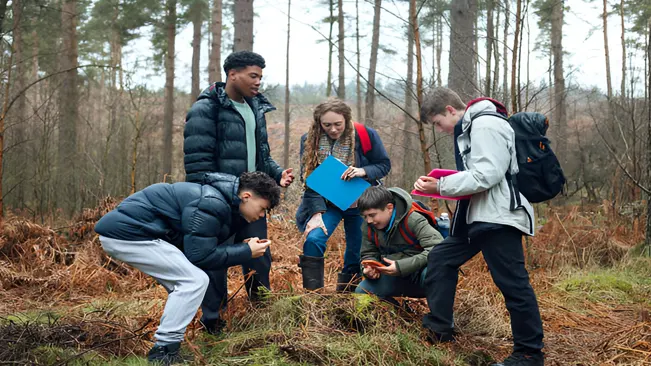
- Curriculum Development: Integrating conservation topics into school curricula, from elementary through higher education. This includes subjects like ecology, environmental science, and the importance of biodiversity.
- Workshops and Seminars: Organizing educational workshops, seminars, and lectures for students, educators, and the general public. These events can cover topics like species conservation, habitat protection, and climate change.
- Field Trips and Experiential Learning: Providing hands-on learning experiences through field trips to natural reserves, wildlife sanctuaries, or conservation projects. This helps students and participants connect with nature and understand conservation efforts in action.
- Interactive Resources: Creating engaging educational materials such as documentaries, online courses, interactive websites, and mobile apps to reach a broader audience and facilitate learning.
Public Campaigns
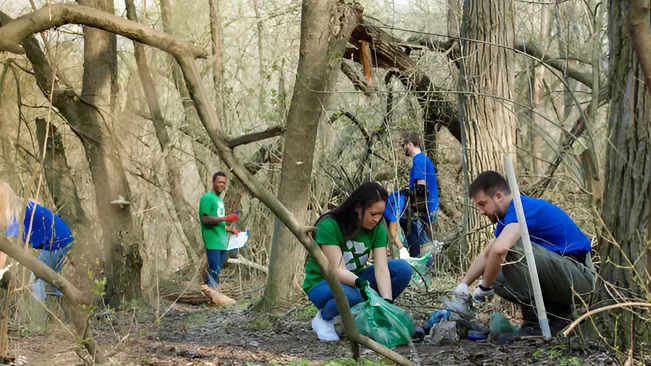
- Awareness Campaigns: Launching campaigns that highlight critical issues related to biodiversity loss, such as habitat destruction, species extinction, and the impacts of climate change. These campaigns can use various media, including social media, print, and broadcast channels.
- Behavioral Change Initiatives: Promoting actions that individuals can take to support conservation, such as reducing plastic use, supporting sustainable products, and participating in local conservation efforts.
- Events and Activities: Organizing events like clean-up drives, tree planting, and wildlife monitoring days to engage the public in conservation activities and foster a sense of responsibility.
- Partnerships with Influencers: Collaborating with celebrities, influencers, and community leaders to amplify conservation messages and reach a wider audience.
Policy Advocacy
- Lobbying and Advocacy: Engaging with policymakers to advocate for the creation and enforcement of laws and regulations that support biodiversity conservation. This includes advocating for protected areas, wildlife corridors, and habitat restoration projects.
- Public Testimonies and Reports: Providing evidence-based reports and testimonies to government bodies and international organizations to highlight the need for specific conservation measures.
- Building Alliances: Forming coalitions with other environmental organizations, scientists, and stakeholders to strengthen advocacy efforts and present a unified voice on conservation issues.
- Supporting Legislation: Working to support or oppose legislation related to environmental protection, such as laws on land use, pollution control, and conservation funding.
- Grassroots Mobilization: Encouraging community involvement in advocacy efforts through petitions, public meetings, and grassroots campaigns. This helps build local support for conservation policies and initiatives.
Addressing Climate Change
Mitigation Efforts
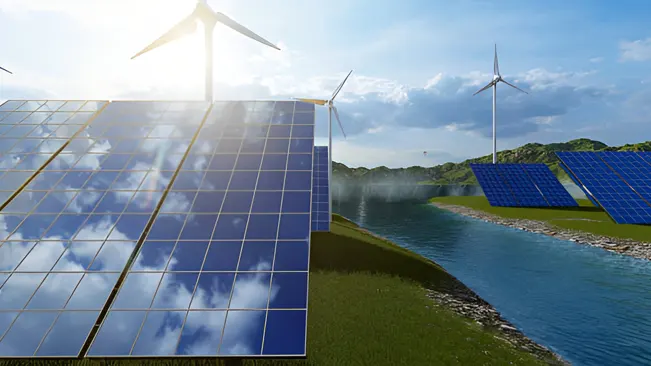
- Renewable Energy: Transitioning to renewable energy sources such as wind, solar, and hydroelectric power reduces reliance on fossil fuels, which are major contributors to GHG emissions.
- Energy Efficiency: Improving energy efficiency in buildings, transportation, and industry helps to lower energy consumption and emissions. This includes adopting energy-efficient appliances, optimizing industrial processes, and promoting public transportation.
- Sustainable Practices: Implementing sustainable agricultural and forestry practices, such as reduced tillage, agroforestry, and reforestation, helps to sequester carbon and decrease emissions. Additionally, promoting sustainable land use and reducing deforestation can significantly mitigate climate impacts.
Integrating Climate Considerations
- Climate-Smart Conservation Planning: Developing conservation strategies that take into account future climate scenarios. This involves assessing how climate change may impact species and habitats and adjusting conservation priorities and actions accordingly.
- Scenario Analysis: Using climate models and scenario analysis to predict potential impacts on biodiversity and inform management decisions. This helps in identifying vulnerabilities and designing strategies to address them.
- Policy Integration: Incorporating climate change considerations into environmental policies and regulations. Ensuring that policies support both climate mitigation and adaptation efforts enhances overall effectiveness in protecting biodiversity.
- Collaboration and Coordination: Working with stakeholders, including governments, NGOs, and local communities, to align conservation efforts with climate goals. Collaborative approaches ensure that conservation actions are comprehensive and address both biodiversity and climate challenges.
Conclusion
Effective biodiversity conservation hinges on a multifaceted approach. By integrating strategies such as establishing protected areas, restoring ecosystems, and promoting sustainable practices, we can safeguard vital ecosystems. Addressing climate change and enhancing monitoring, education, and funding are also crucial. These combined efforts are essential for preserving our planet’s rich biodiversity and ensuring a sustainable future for generations to come.
FAQs
1. What are the primary strategies for effective biodiversity conservation?
The primary strategies include establishing protected areas, restoring degraded ecosystems, implementing sustainable land use practices, enhancing biodiversity monitoring and research, promoting conservation education and advocacy, addressing climate change, and supporting conservation finance.
2. How do protected areas contribute to biodiversity conservation?
Protected areas provide safe habitats for wildlife, prevent habitat destruction, and allow ecosystems to function naturally. They help conserve species by mitigating human impacts and preserving critical habitats.
3. What are some examples of ecosystem restoration techniques?
Examples include reforestation, wetland restoration, removing invasive species, and reintroducing native plants and animals. These techniques aim to return degraded ecosystems to their natural state.
4. How can sustainable land use practices improve biodiversity?
Sustainable land use practices, such as agroecology and sustainable forestry, help reduce habitat destruction, minimize pollution, and maintain ecological balance, thereby supporting diverse species and ecosystems.
5. Why is biodiversity monitoring important for conservation?
Biodiversity monitoring provides essential data on species populations, habitat conditions, and ecosystem health. This information helps guide conservation efforts, track progress, and identify emerging threats.
6. How can communities be involved in biodiversity conservation?
Communities can be involved through education programs, participating in local conservation projects, and supporting sustainable practices. Their engagement helps ensure the success and sustainability of conservation initiatives.
7. What role does climate change play in biodiversity loss?
Climate change affects species distributions, disrupts ecosystems, and alters habitat conditions. Rising temperatures, changing precipitation patterns, and extreme weather events can threaten species’ survival and ecosystem stability.
8. How can conservation finance support biodiversity efforts?
Conservation finance can provide funding for projects through mechanisms like trust funds, public-private partnerships, and eco-tourism. Financial resources are crucial for implementing and sustaining conservation actions.
9. What is the significance of conservation education and advocacy?
Conservation education and advocacy raise awareness about biodiversity issues, promote public support for conservation efforts, and encourage sustainable behavior. They play a key role in driving collective action and policy change.
10. How can technology aid in biodiversity conservation?
Technology such as satellite imagery, camera traps, and acoustic monitors helps collect and analyze data on species and habitats. These tools enhance monitoring capabilities, improve decision-making, and support effective conservation strategies.
Incorporating robust financial strategies into conservation efforts is key to achieving long-lasting impact. By leveraging conservation trust funds, fostering public-private partnerships, and exploring innovative financing options, we can secure the necessary resources to support and sustain vital conservation projects. These financial mechanisms not only enhance the effectiveness of conservation initiatives but also ensure their resilience in the face of ongoing challenges. As we continue to advance these approaches, we pave the way for a more sustainable future for our planet’s biodiversity.

Gilbert Griffin
Forestry AuthorGilbert Griffin is a forest management expert specializing in sustainable practices, forest health, conservation, and land management. With extensive knowledge in pest control, disease management, and habitat restoration, Gilbert develops strategies to preserve forest ecosystems and biodiversity. Passionate about the natural world, Gilbert adapts to changes in forest management and stays updated through continuous learning. Gilbert also provides seasonal advice to optimize forest care throughout the year.










Leave your comment